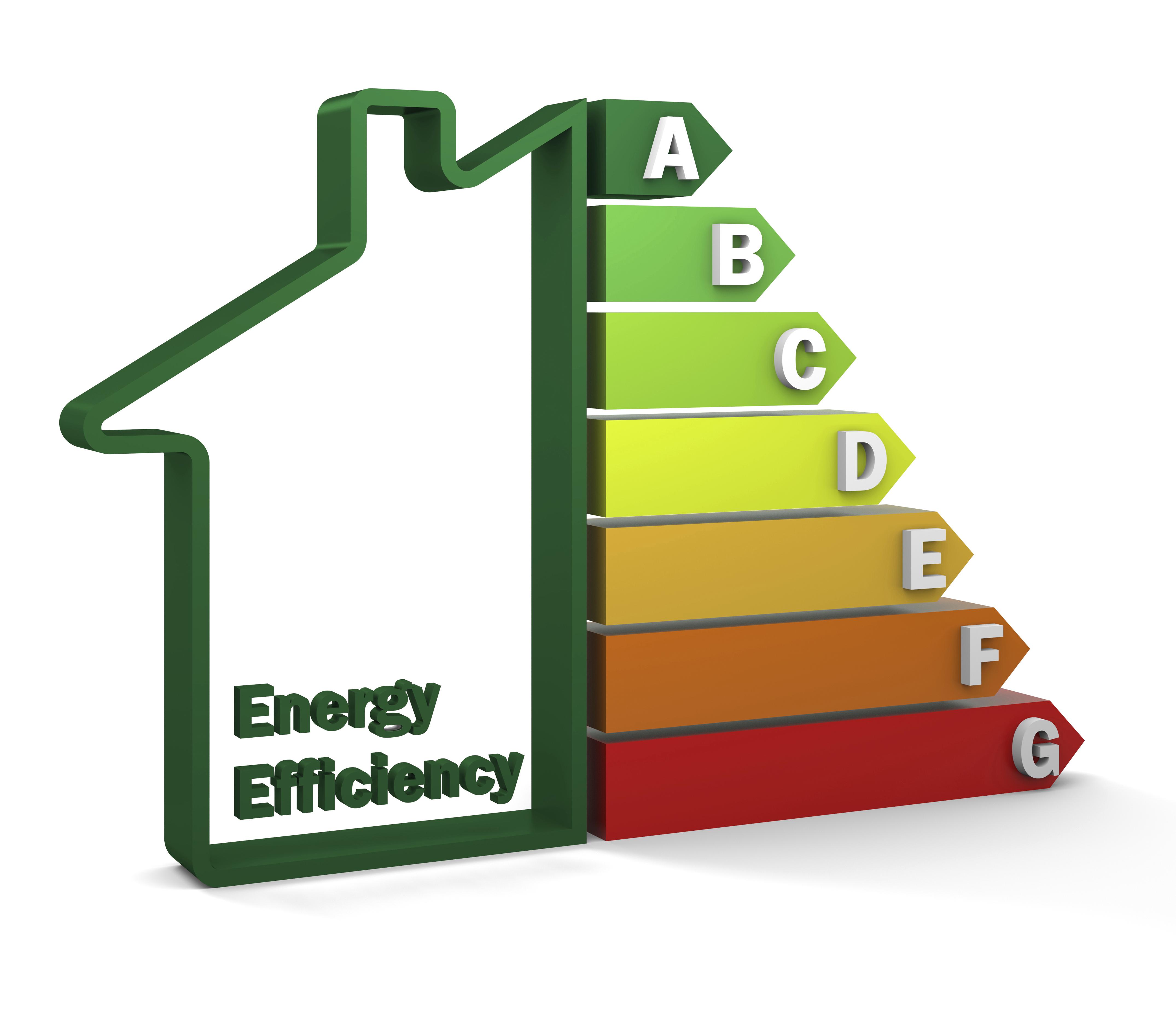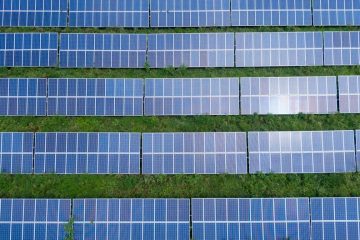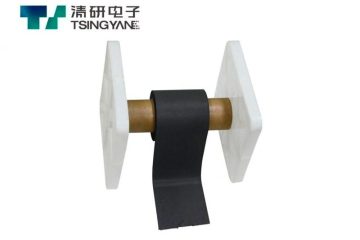In a world where sustainability is becoming increasingly essential, one small label carries the weight of a greener future – the energy efficiency label. This unassuming mark not only guides consumers in making informed decisions but also plays a crucial role in reducing energy consumption and preserving our planet. Let’s delve into the realm of energy efficiency labeling and uncover the powerful impact it has on both our lives and the environment.
Table of Contents
- Understanding Energy Efficiency Labels
- How Energy Efficiency Labels Impact Consumer Choices
- Decoding Energy Efficiency Ratings: What Do They Mean?
- Practical Tips for Making Informed Decisions Based on Energy Efficiency Labels
- Q&A
- The Conclusion
Understanding Energy Efficiency Labels
Energy efficiency labels are essential tools that help consumers make informed decisions when it comes to choosing energy-efficient appliances or products. These labels provide valuable information about the energy consumption and efficiency of an item, allowing users to compare different options easily. By understanding these labels, consumers can save both money and energy while contributing to a greener environment.
When looking at energy efficiency labels, keep an eye out for key details such as the energy consumption rating, annual energy cost estimates, and efficiency metrics. Below are some factors to consider when deciphering energy efficiency labels:
- Energy Star certification for sustainable products
- Kilowatt-hour usage per year
- Environmental impact indicators
empowers consumers to make eco-conscious choices that align with their budget and environmental values. By utilizing this valuable information, individuals can not only reduce their carbon footprint but also benefit from long-term cost savings on their energy bills. Make sure to compare labels diligently to select products that best suit your needs while promoting sustainability in your daily life.

How Energy Efficiency Labels Impact Consumer Choices
Consumers today are becoming increasingly conscious of the environmental impact of their purchasing decisions. When faced with a myriad of options, energy efficiency labels play a pivotal role in guiding consumers towards making environmentally friendly choices. These labels not only inform consumers about the energy consumption of a product but also empower them to make informed decisions that align with their sustainability goals.
Research indicates that products with clear and easily understandable energy efficiency labels are more likely to be favored by environmentally conscious consumers. These labels serve as a beacon of transparency, allowing consumers to compare different products based on their energy efficiency ratings. By harnessing the power of these labels, consumers are not only saving on their energy bills but also contributing to a greener and more sustainable future for generations to come.


Decoding Energy Efficiency Ratings: What Do They Mean?
Energy efficiency labels are like hidden codes that hold the key to understanding how much energy a household appliance consumes. Each label is designed with specific criteria in mind, helping consumers make informed choices when it comes to conserving energy and reducing utility bills. **Understanding these ratings can empower you to make eco-conscious decisions for your home.**
When you see an energy efficiency label, it’s like peering into the future of your electricity bills. The ratings range from A to G, with A being the most energy-efficient and G being the least. Deciphering these labels can lead you to appliances that not only save energy but also contribute to a greener environment.

Practical Tips for Making Informed Decisions Based on Energy Efficiency Labels
When deciphering energy efficiency labels, it’s crucial to understand the significance of the information provided. To make well-informed decisions that align with your energy-saving goals, follow these practical tips:
<ul>
<li><strong>Compare Energy Ratings:</strong> Look for the Energy Star label and compare the energy efficiency ratings of different appliances to choose the most eco-friendly option.</li>
<li><strong>Consider Long-Term Savings:</strong> While energy-efficient models may have a higher upfront cost, remember that they can lead to significant savings on utility bills over time.</li>
<li><strong>Check for Additional Certifications:</strong> In addition to energy labels, keep an eye out for other certifications like WaterSense for water-saving devices.</li>
</ul>Moreover, delve into the specifics of the energy efficiency labels by paying attention to details such as:
<ul>
<li><strong>Annual Energy Consumption:</strong> Understand how much energy a product consumes yearly to gauge its environmental impact.</li>
<li><strong>Usage Guidelines:</strong> Review the recommended usage patterns to optimize energy efficiency and performance.</li>
</ul>Q&A
**Q&A: Everything You Need to Know About Energy Efficiency Labels**
Q: What is an energy efficiency label?
A: An energy efficiency label is a standard label affixed to appliances indicating their energy consumption and efficiency ratings.
Q: Why are energy efficiency labels important?
A: Energy efficiency labels help consumers make informed choices by providing information on the energy efficiency and operating costs of appliances.
Q: How can I interpret an energy efficiency label?
A: Energy efficiency labels typically use a rating scale or color coding system to easily convey the energy efficiency of an appliance. The higher the rating, the more energy-efficient the appliance.
Q: Which appliances are required to have energy efficiency labels?
A: Appliances like refrigerators, air conditioners, washing machines, and televisions are commonly required to have energy efficiency labels in many countries.
Q: How can energy efficiency labels help me save money?
A: By choosing appliances with high energy efficiency ratings, you can save money on your electricity bills over time as these appliances consume less energy.
Q: Are energy efficiency labels standardized worldwide?
A: While energy efficiency labels follow similar principles globally, the exact format and requirements may vary between countries.
Q: Can energy efficiency labels benefit the environment?
A: Yes, using energy-efficient appliances can reduce overall energy consumption and lower greenhouse gas emissions, thus benefiting the environment.
Q: What should I consider when purchasing an appliance based on its energy efficiency label?
A: Factors to consider include the initial cost of the appliance, its energy efficiency rating, estimated energy consumption, and long-term operating costs.
Q: Are there any government incentives for purchasing energy-efficient appliances?
A: Some governments offer rebates, tax credits, or other incentives for choosing energy-efficient appliances as part of their efforts to promote energy conservation.
Q: How can I contribute to a more sustainable future through energy efficiency labels?
A: By selecting energy-efficient appliances and being mindful of energy consumption, you can play a part in reducing energy waste and protecting the environment for future generations.
The Conclusion
In conclusion, understanding the significance of the energy efficiency label is crucial in our pursuit of a more sustainable future. By embracing this simple yet powerful tool, we not only save energy and reduce our environmental impact but also make informed choices that benefit both our wallets and the planet. So, next time you’re shopping for appliances or electronics, look out for that trusty energy efficiency label and let it guide you towards a brighter, greener tomorrow. Embrace the power of knowledge, make a difference, and pave the way for a more energy-efficient world.




0 Comments